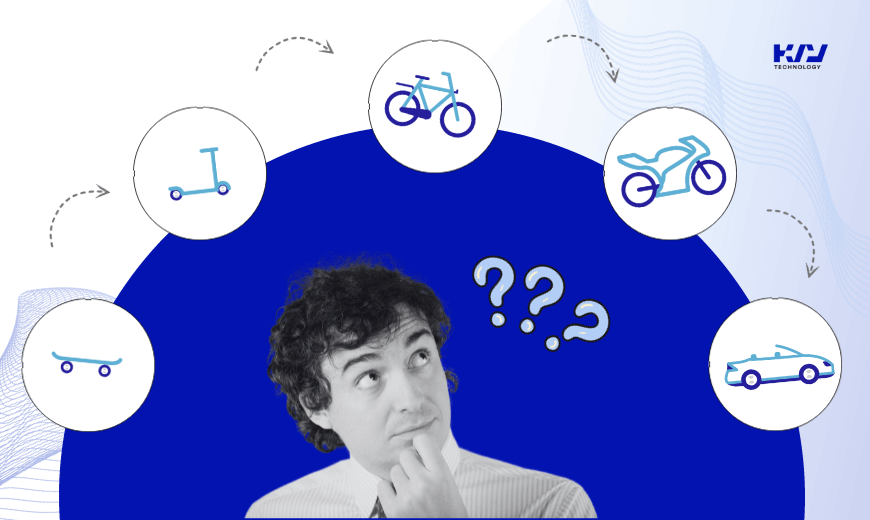
Using a Minimum Viable Product (MVP) to test a business model is probably the most popular startup launch scheme. World-famous Uber, Dropbox, Figma, and Slack started their way to unicorn status with MVPs.
In this article, we’ll explore all the frequently asked questions regarding Minimum Viable Product.
1. What Is MVP?
“Minimum Viable Product” is a term coined by Frank Robinson and popularized by Eric Ries, founder of the Lean Startup methodology. According to Ries, a Minimum Viable Product is the version of a new product that allows the team to gather the maximum amount of proven customer knowledge with the least amount of effort.
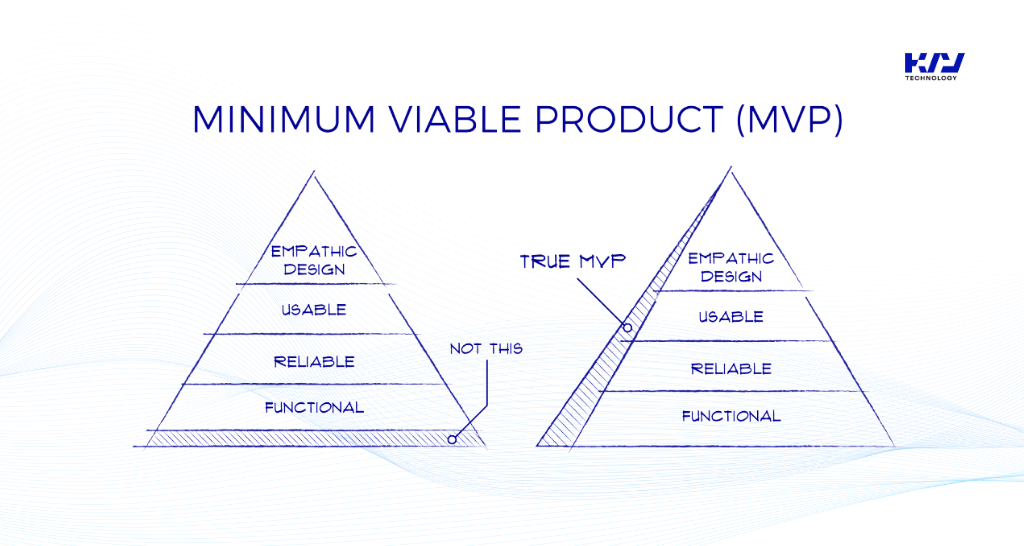
You can also check the MVP definition in Agile methodology in the following article:
>>> Read more: What Is MVP in Agile?
2. Why Is Building an MVP Important
– Faster time to market: By focusing on developing and launching the core features, a Minimum Viable Product allows you to enter the market quickly and start gathering user feedback and generating revenue sooner.
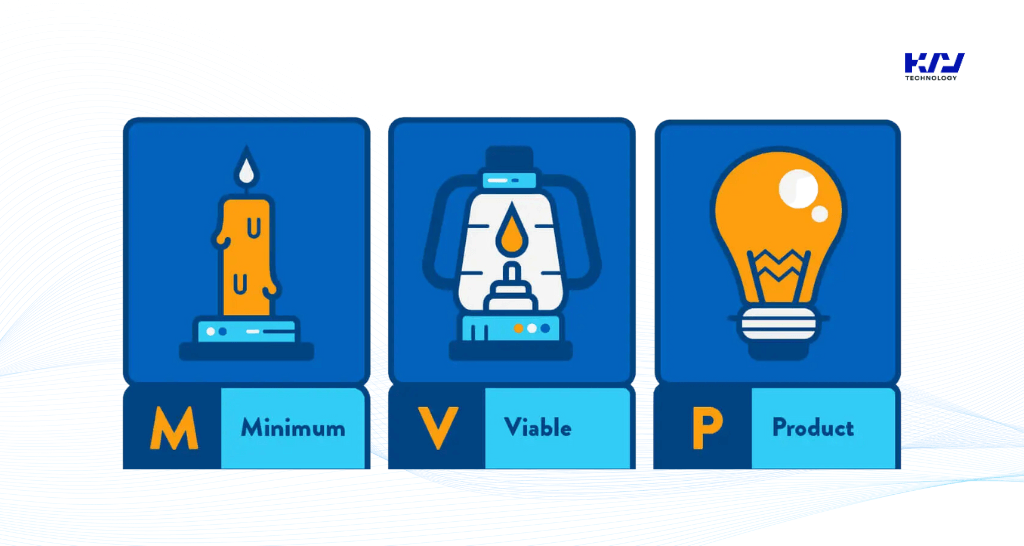
– Cost-effective development: Developing only the essential features reduces development costs and resource requirements. This can help you validate your product idea and market demand without investing heavily upfront.
– User feedback and validation: Launching a Minimum Viable Product enables you to gather valuable feedback from early users, helping you understand their needs, preferences, and pain points. This feedback can guide further development iterations and ensure that you build a product that aligns with user expectations.
– Risk mitigation: By testing the viability and market acceptance of your product early on, a Minimum Viable Product allows you to identify and address potential issues or shortcomings before investing more resources in full-scale development. This helps mitigate the risk of building a product that fails to meet market demand.
– Iterative improvement: A Minimum Viable Product provides a foundation for iterative development. With user feedback and data, you can continuously refine and enhance your product, adding features and making improvements based on real-world usage and market feedback.
– Cost-efficient decision-making: Launching a Minimum Viable Product helps you make data-driven decisions based on real user feedback and market response. This minimizes the chances of building unnecessary or unwanted features, allowing you to allocate resources effectively and prioritize development efforts.
3. How Is a Minimum Viable Product Different From a Full-Featured Product?
A Minimum Viable Product focuses on developing and launching the core features, while a full-featured product includes all the desired features and functionalities. A Minimum Viable Product is developed with the goal of gathering feedback and validating the product concept, while a full-featured product aims to deliver a comprehensive solution.
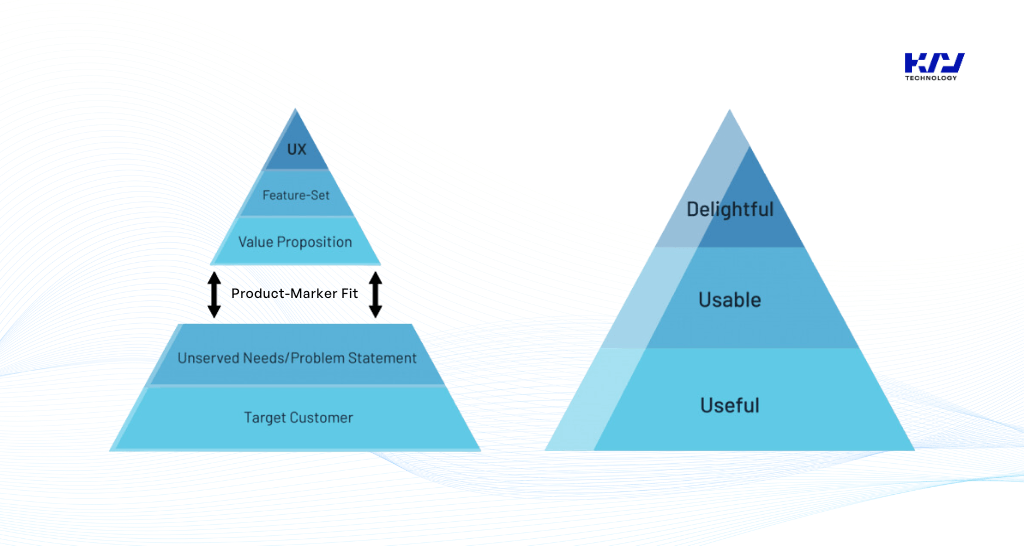
4. How Do You Determine What Features to Include in an MVP?
The features to include in a Minimum Viable Product should be determined by identifying the key functionalities that address the core needs of your target users. Prioritize features that provide the most value and differentiate your product from competitors.
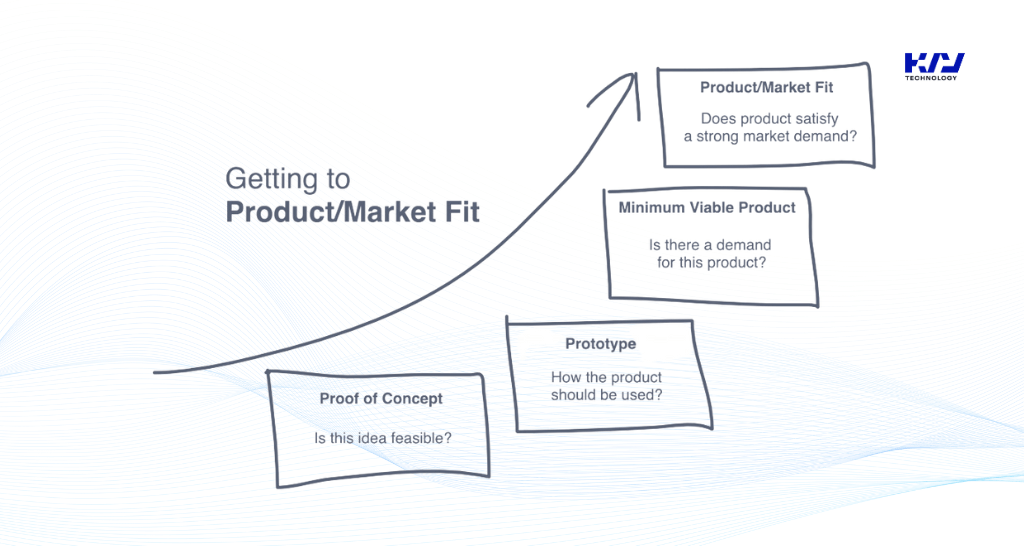
5. How Do You Collect User Feedback for a Minimum Viable Product?
User feedback for an MVP can be collected through various methods such as surveys, interviews, usability testing, analytics, and customer support channels. Engaging with early users and actively seeking their feedback is crucial for improving and iterating on your MVP.
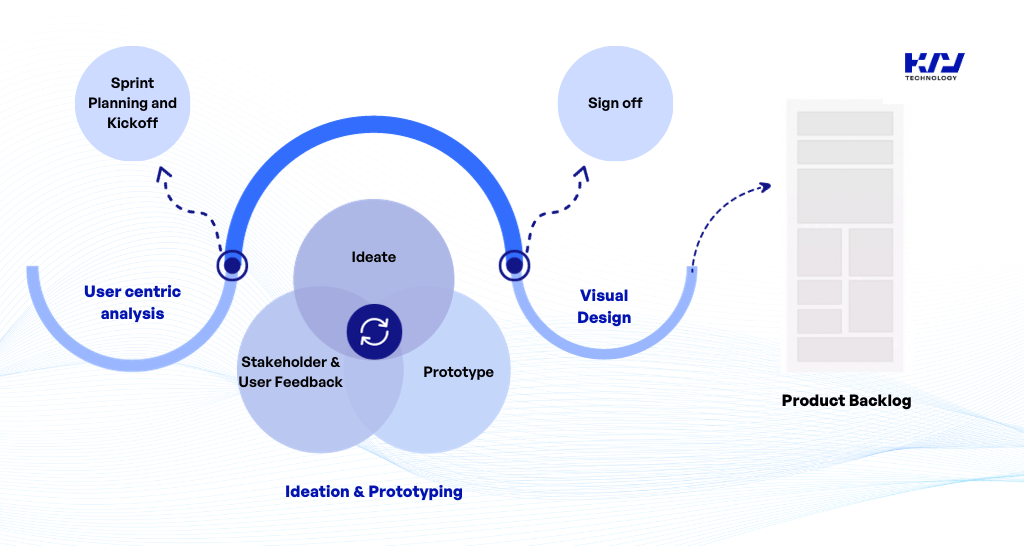
6. Can a Minimum Viable Product be monetized?
Yes, an MVP can be monetized. Depending on your business model, you can charge for the MVP, offer freemium options, or use other monetization strategies. However, the focus should be on delivering value to early adopters and refining the product based on their feedback.
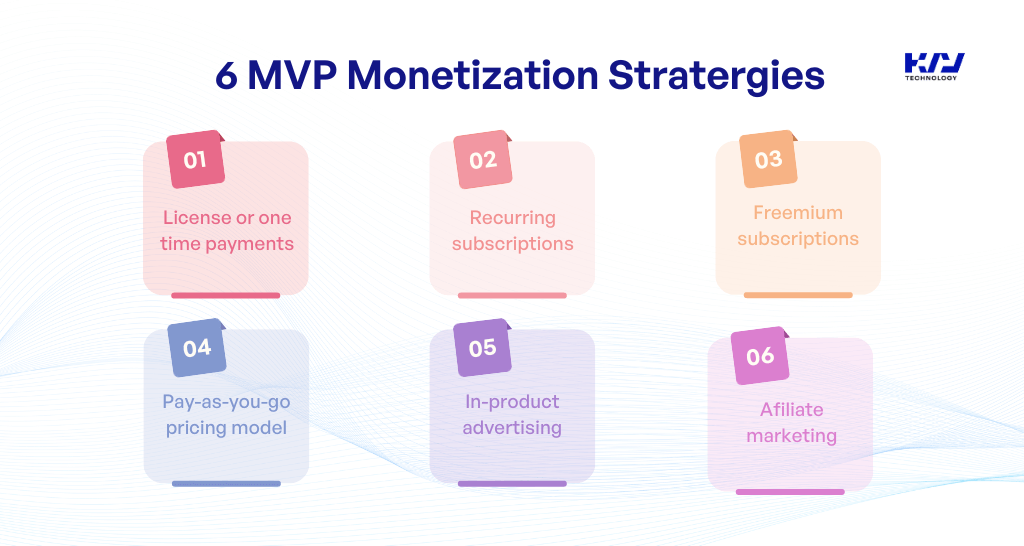
7. What Happens After Launching an MVP?
After launching a Minimum Viable Product, you gather user feedback, analyze data, and make iterative improvements. This feedback loop helps you refine the product, add new features, and make data-driven decisions to meet user needs and market demands.
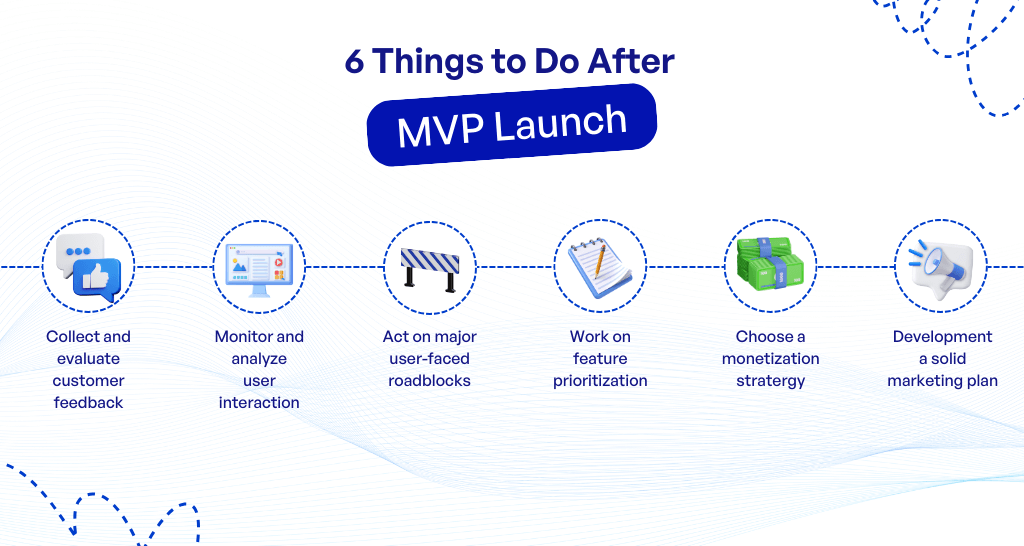
8. When Should You Transition From an MVP to a Full-Featured Product?
The transition from a Minimum Viable Product to a full-featured product depends on various factors, such as user feedback, market demand, and business goals. It is typically done when the core product concept is validated, and there is a need to expand features, scale operations, and capture a larger market share.
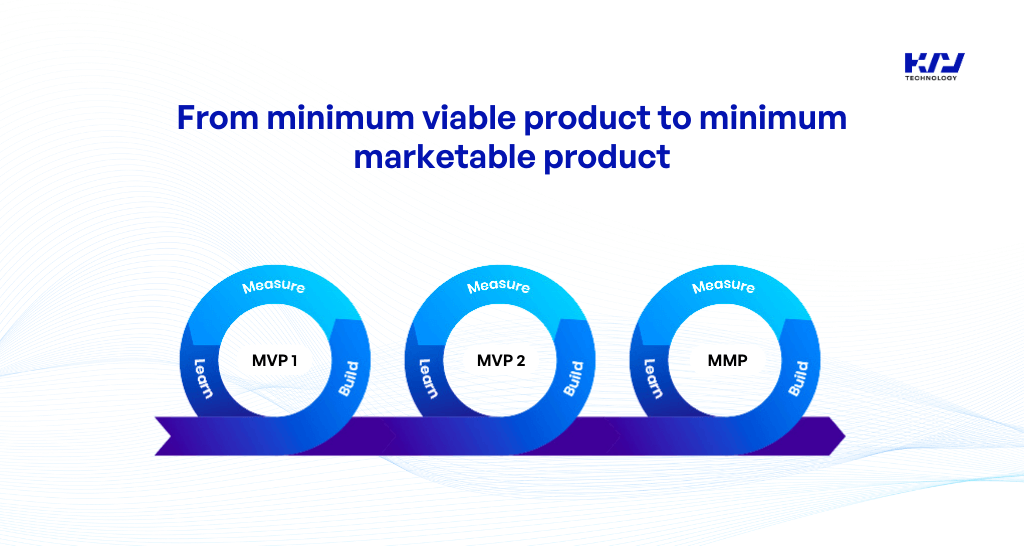
Discuss the benefits of implementing a Minimum Viable Product approach, such as reducing time to market, minimizing risks, and gaining valuable user feedback early on.
Get Started Building a Successful MVP!
By leveraging the MVP approach, you can build a product that resonates with users, maximize value delivery, and increase your chances of long-term success in a competitive market.
If you have an idea and want to test the Singapore market by building a Minimum Viable Product, KVY TECH is here to do that for you. Don’t hesitate to contact us!


